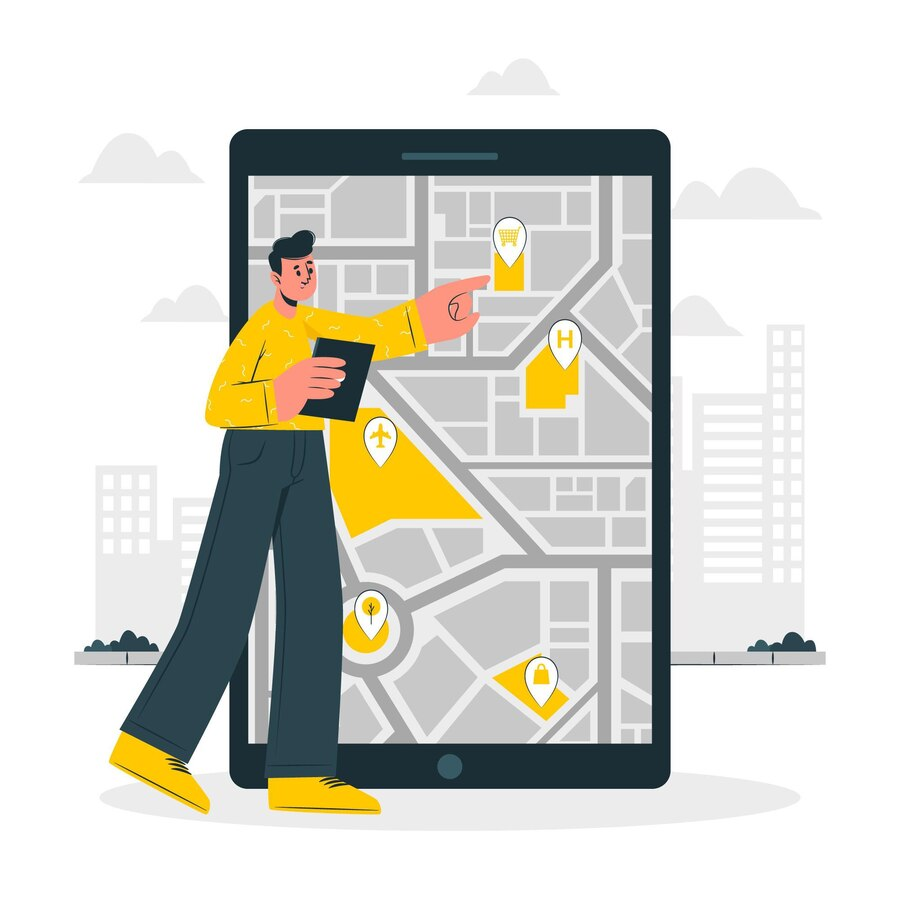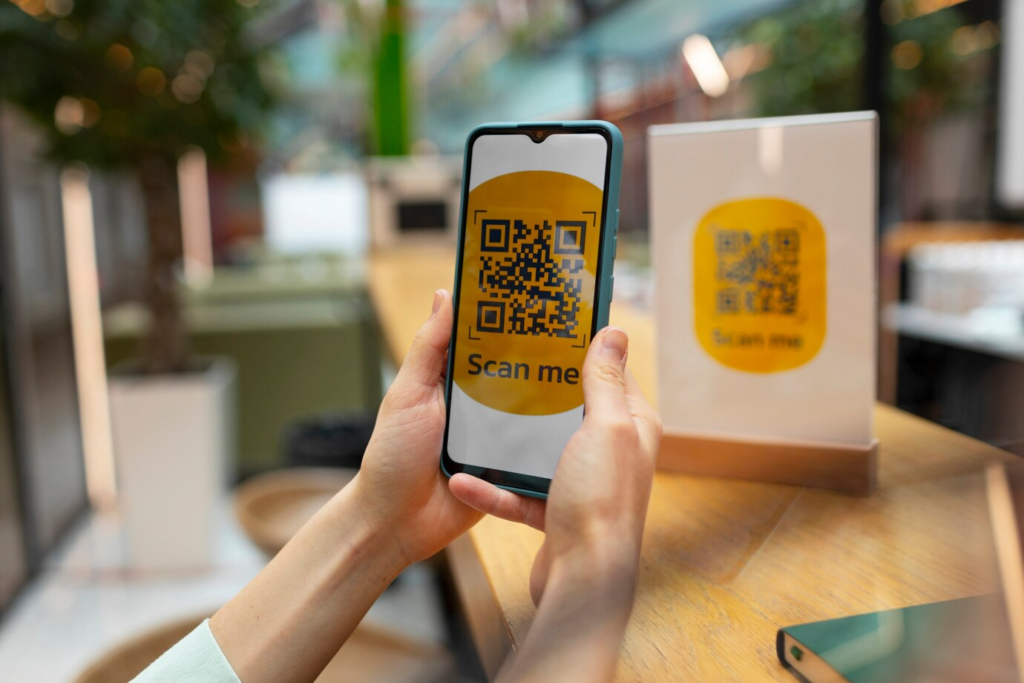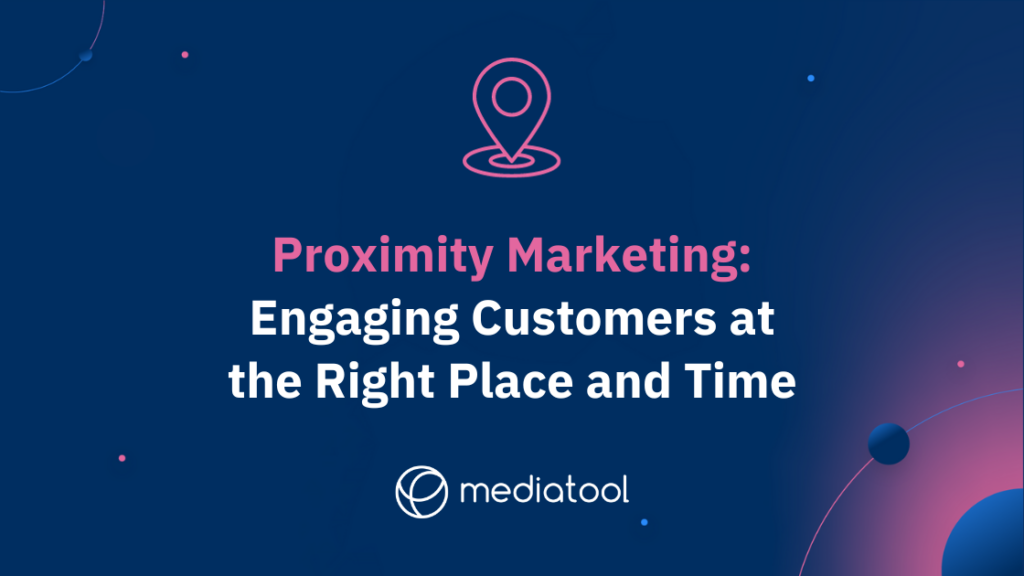Introduction
In an age where personalization and location-based experiences are the norms, ‘Proximity Marketing‘ has emerged as a game-changer for businesses across various industries. As technology evolves and customer expectations for tailored experiences grow, proximity marketing stands at the forefront, offering businesses unique opportunities to engage customers by sending highly relevant, personalized messages based on their location.
With the increasing ubiquity of mobile devices in every consumer’s pocket, proximity marketing is becoming an indispensable tool for businesses to target potential consumers with advertising content that is immediately relevant and timely.
What is Proximity Marketing?
Proximity Marketing is an innovative marketing technique that uses location technologies to communicate with customers through their mobile devices when they are in close proximity to a business.
This approach allows businesses to send targeted marketing messages, such as promotional offers, product information, or personalized notifications, directly to potential consumers’ phones or other mobile devices when they are nearby.
The immediacy and relevance of these marketing messages can greatly influence a customer’s buying behavior and purchasing decisions, significantly enhancing the customer experience. Additionally, by utilizing proximity marketing, businesses can foster stronger connections with customers, creating loyal customers and encouraging repeat business.

How Does Proximity Marketing Work?
As a cornerstone of location-based marketing, proximity marketing employs location services and several technologies, such as Bluetooth, NFC (Near Field Communication), and Wi-Fi, to determine a customer’s precise location.
Once a potential customer with a relevant mobile application or browser that accepts push notifications enters a defined geographical zone, they receive marketing messages specifically crafted for their immediate context.
This marketing strategy ensures that consumers receive offers and information that are highly pertinent to their current location and activities, increasing the likelihood of sales and positive customer engagement.
Businesses can implement proximity marketing through various means, the most common being Bluetooth proximity marketing and NFC technology. Bluetooth devices, for instance, can send content to a mobile device in extreme proximity. At the same time, NFC technology facilitates communication between two devices close to each other, usually no more than a few centimeters, through a simple tap.
What are the different types of proximity marketing?
These technologies are essential tools for precise audience targeting, each delivering personalized content to customers based on their current location. They include:
- BLE Beacons: Small devices that use Bluetooth Low Energy (BLE) to send signals to nearby smart devices.
- NFC: Near Field Communication allows two devices placed within a few centimeters of each other to exchange data.
- Geofencing: Utilizes GPS to create a virtual boundary around a specific location, triggering a response when a mobile device enters or leaves the area.
- Wi-Fi: Offering guest Wi-Fi can enable businesses to interact with customers through a captive portal, providing access in exchange for specific customer data or social applications engagement. This enhances the customer experience and provides businesses with a rich collection of consumer data that can be used for future marketing campaigns.
NFC and QR codes

NFC and QR codes are widely recognized among the prominent proximity marketing technologies. NFC tags can transfer data between an NFC-enabled device and an NFC tag or between two NFC-enabled devices. On the other hand, when scanned by a mobile device, QR codes can direct the user to a specific webpage, promotional offer, or product information, enhancing the brand’s interaction with the customer.
QR codes are exceptionally versatile, as they can be printed on almost anything and scanned using a phone, making them an extremely accessible and cost-effective marketing tool. The number of individuals using mobile QR code scanners in the U.S. is anticipated to consistently rise, surpassing 100 million by 2025.
How to best use proximity marketing?
Businesses must collect customer data to effectively use proximity marketing to understand their buying behavior, preferences, and notable patterns. This rich data collection can then be leveraged to create personalized, targeted messages that resonate with customers, resulting in a more engaging customer experience.
- Implement proximity marketing through your brand app to maintain control over customer data and shared content.
- Utilize multiple technologies to reach your audience. For instance, combining BLE beacons with Geofencing can help cover different proximity ranges and provide a more comprehensive strategy. Geofencing campaigns are up to 10 times more effective compared to other marketing tactics, like email.
- Send personalized messages or offers highly relevant to the customer’s current location and preferences, enhancing the trust between the customer and the business.
- Analyze the data from your marketing campaigns to identify what works best for your target audience and adjust your strategies accordingly. This continual refinement is crucial as it ensures that your marketing efforts remain effective and responsive to customers’ evolving needs and preferences.
How does proximity marketing enhance the customer experience?
Proximity marketing offers personalized, location-based messages to customers, enhancing their experience. Using location technologies, businesses gather consumer data to understand buying patterns. Customers who enter specific zones with their mobile devices receive timely and relevant marketing notifications, increasing trust due to the personalized approach.
Proximity marketing enriches the customer experience by offering timely, relevant information or offers to users based on their specific location. Utilizing location-based coupons on mobile can result in a 9916% boost in additional mobile revenue.
By delivering highly relevant advertising content right when a customer is in close proximity to a business, or even inside it, proximity marketing taps into immediate buying impulses, enhancing the likelihood of a purchase.
Can proximity marketing be integrated into my existing marketing campaigns?
Proximity marketing can seamlessly complement and strengthen existing mobile marketing campaigns. By collecting data on customer behavior and utilizing proximity technologies, businesses can extend the reach of their mobile marketing efforts with targeted, location-specific messages.
Employing proximity technologies, such as BLE beacons and NFC, businesses can send targeted messages that align with broader marketing goals. This blend of online and offline strategies offers a unified marketing approach.
How can proximity marketing drive sales and boost customer loyalty?
By using location services for timely personalized messaging, businesses can influence on-the-spot purchases and nurture long-term loyalty.
Customers value tailored experiences, and proximity marketing insights allow businesses to continually refine strategies, ensuring lasting connections with their audience. This method balances immediate sales with building enduring customer relationships.

A look into the future of proximity marketing!
As proximity marketing gains momentum, its future seems promising. With advancements in location technologies and the increasing prevalence of mobile devices, proximity marketing is set to become more integrated, intuitive, and indispensable to businesses’ marketing strategies.
The technology promises to transform how businesses communicate with their customers and collect and use consumer data for better-targeted marketing campaigns.
The potential for expansion in proximity marketing is substantial, highlighted by its market size, valued at USD 42.1 billion in 2021 and projected to soar to an astounding USD 292.9 billion by 2030. Such growth underscores the increasing reliance of businesses on this innovative marketing strategy, demonstrating its effectiveness and the vast potential it holds for the future.
Emerging trends, such as the integration of Artificial Intelligence (AI) in data analysis, are paving the way for more sophisticated, predictive marketing strategies that can anticipate customer needs before they even arise.
What Does the Future Hold For Proximity Marketing?
The immediate future for proximity marketing is one of growth and evolution. With the continuous development of new technology, like the RFID chip for more precise location tracking and AI for better data analysis, proximity marketing campaigns are expected to become even more personalized and efficient.
As customer data privacy becomes a pivotal concern, transparent and ethical data collection practices will be integral to maintaining customer trust and loyalty.
Additionally, with advancements in technology, businesses will be able to engage customers with more immersive experiences, such as Augmented Reality (AR), providing a more interactive form of proximity marketing that further bridges the gap between the digital and physical worlds.
Conclusion
Proximity marketing is not just a fleeting trend; it’s a vital part of the future of marketing, where technology meets the customer in real time, delivering value right when and where it’s most impactful.
By adopting this innovative marketing technique, businesses can significantly enhance customer experiences, drive sales, and build a loyal customer base, all while staying ahead of the curve in an ever-evolving digital marketplace.
Remember, the key to successful proximity marketing lies in understanding your customers, offering them value at the right place and time, and continuously adapting to technological advancements for the most effective engagement strategies.





